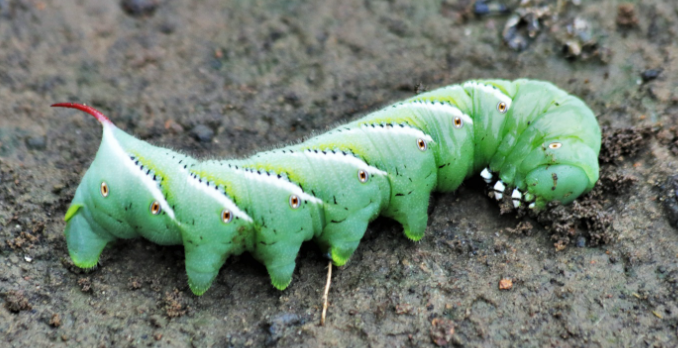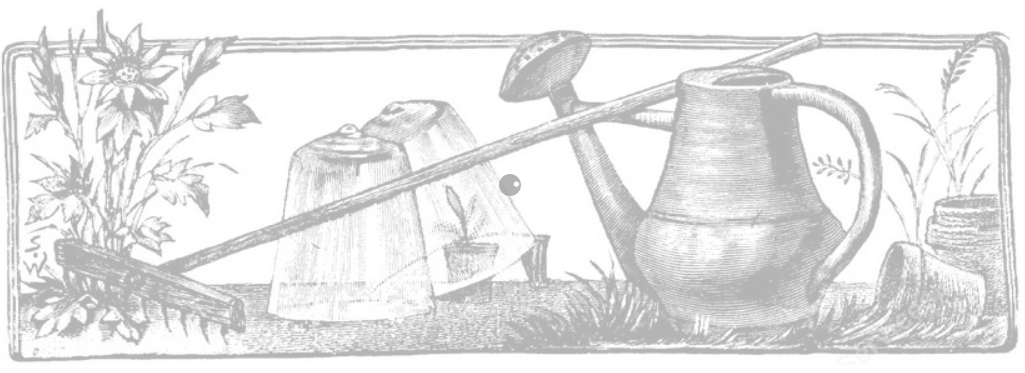Start Here
One thing is certain these days – uncertainty. When it comes to your food, things get a little more serious. Food security cannot be taken for granted! But how can we increase our personal and community food security? We can grow some of our own food! Start here for ideas and considerations and start investing in your own health and food security.
Climate
Not all plants can grow in all soils, all light situations or climates. Your next step will be to do a little research and find out what climate zone are you in. Check each plant on your list against that. Ask yourself will they grow in your climate zone? Cross off those that don’t. It is possible to extend your growing season but let’s keep it simple. If a plant on your list is outside your climate zone, grow it next time, and this time focus on getting started with your garden.
Cultural Requirements
Next look at cultural requirements for the plants left on your list. Some plants will require a trellis structure to grow upwards on, for example cucumbers. Others have to be “trained” to wrap around vertical strings so they grow upwards instead of flopping all over the ground, such as indeterminate (floppy and long lived) types of tomatoes. Make sure you have the space you will need for anything like this. Keep in mind that climate change may impact how we grow things, for example, you would not wrap up evergreens in winter in a Zone 7 garden.
Scary Statistics On Agriculture Today
In fact, according to Nature.org, the impacts of agriculture on our planet are truly staggering. Agriculture creates 25% of greenhouse gas emissions, and growing food is driving most of the habitat loss. Agriculture guzzles 70% of freshwater use in the world, and the worst statistic of all: 52% of agricultural land is so degraded by our mass farming practices that it leads to the abandonment of 12 million hectares every year.
Clearly, we don’t partner very well with our planet system. We mess about for a while, plunder and suck dry, and then move on to the next natural place that we seek to bend to our collective will. This is clearly UNSUSTAINABLE. I feel a great amount of concern over these stats. What can I do, when I am only one person? I can lead by example, and grow my own food in a regenerative way that sustains and improves the earth and all who enjoy the fruits of this labour.
So, please consider learning more about regenerative agriculture, permaculture and natural growing systems. You may not be running a farm with big fields and a tractor, but how you go about gardening DOES impact the planet. If you go with a permaculture, natural or regenerative growing mindset, you will consider things like:
how to reduce waste
how to reuse outputs from your garden as inputs for other systems like composting
- optimize your garden design and placement to:
- best leverage micro climates and natural rain water pathways
- reduce the number of steps you need to walk to plant, weed, water and harvest your food garden
Soil
Research what kind of soil your plants expect. A plant that likes sandy soil is not going to thrive in thick clay soil. The good news is that is it possible to create a soil landscape that matches your needs, with a little investment in the components like sand, compost, clay etc.
Tilling
The soil is what holds onto the water, and the nutrients for your plants. It must have enough “organic matter” (compost) to provide these services via micro fungi and other tiny soil organisms, and to act as a sponge to hold moisture. Then, once your soil has been amended to meet your requirements, the less you disturb your soil the healthier it will be. Consider using a “no till” method of soil management. This will really help keep weeds down as well.
Weeds
Weeds are gonna come. There is no escape. If you plant seedlings rather than seeds outdoors, then the weeds are going to be more obvious. You don’t want to rip out all your carrots thinking they are poisonous weeds! The paths between rows in your garden plot can be mulched or covered with old cardboard, tarps or cardboard. That way you are only weeding in the actual beds. Weed often, right from the start, and it is an absolute breeze. Let it get out of hand for just two weeks, and the rest of that season and possibly the next will see you locked in a real, life and death struggle with the weeds. Discipline in weeding is the answer!
Light
Some plants can get by in in the shade, some can tolerate half shade and some need a full day of full sun to really produce. Make sure your garden gets enough hours of direct sun for whatever you have in mind to plant.
Think about what direction the sun comes from over the course of the day. How can you design the planting layout so the taller plants will be at the back and the smallest plants nearest the direction the sun comes from? This is done to avoid your tall plants shading all the others.
Garden Space
Plants require a certain amount of space, and it varies by kind of plant and even within the individual varieties of each plant. Generally this information is on the seed packet or published by the seed seller. Make sure your plan sets the right target numbers of plants to grow in your space.
Pests
Think about our animal friends, like birds, squirrels, raccoons, cats, dogs etc. They will all impact your garden if you don’t take steps to protect it from them. Consider things like row cover fabric, a 360 degree fence of chicken wire around your garden, bird netting, scare tactics like foil plates hanging from fence posts. Additionally, you can use human or owl shapes, and scatter blood meal around edges of the garden plot to make it seem like a place where predators may be.
Insects are also going to be a potential issue. These are harder to deal with simply because there are so many of them and so many kinds. Squash beetles will wreck your squash. Flea beetles will eat all your greens. Tomato hornworms will make you think your garden is the site of an alien invasion. It can seem overwhelming.

But the first step for dealing with insect pests is to have healthy, well watered plants, by setting them up in good conditions and keeping them properly hydrated.
You can also interplant herbs amongst your veggies to attract beneficial insects, repel pest insects and also give you fresh herbs!
Making sure plants are covered with row fabric during pest swells to “hide” the plants from the pests, who then simply go elsewhere. When all else fails applying a simple and pretty safe for humans spray using Neem (tea tree) oil mixed with water and a touch of detergent will usually take care of the problem.
What To Grow for Food Security
My food security garden is in zone 5b. Some plants that I recommend for your first garden are:
In summary, you can start a garden with one plant in a pot on your windowsill, and expand from there, or you can apply these basic principles and give growing some food a try. Fair warning, digging in the dirt while the sun warms you and the birds sing, and the rich smell of the soil fills your world is very addictive. Once you start gardening you may not be able to stop!
